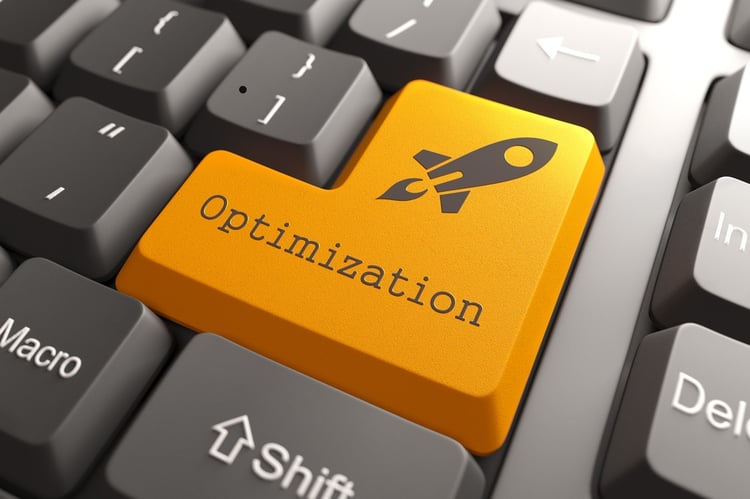
Downsizing a company or fleet can be anything but a straightforward process, as no doubt people frequently remind you, due to today’s extremely competitive environment, and something that is economically quite challenging. But when it comes to actually initiate the process, even the most experienced fleet managers might assume that in order to tick the all-important ‘downsizing for efficiencies and savings’ boxes, everything is just a matter of cutting the actual number of vehicles your fleet are operating.
It is indeed true that sometimes vehicles that for no apparent reason are underused for any length of time need to be made redundant as they constitute a cost from the moment they enter the fleet, and not just when they are active commercially. But in some cases you might have to actually address downsizing in a different way that has more to do with the simple elimination or transformation of certain types of practices within your company. Here are three approaches that might help you reduce costs and increase efficiencies without necessarily cutting vehicle numbers.
Make sure you involve drivers in the downsizing process correctly. Drivers might be on board if the company is transitioning to new vehicles, but might be easily disappointed if the choices are not living up to their expectations. If you wish to start utilising lighter vehicles for your business needs, because you feel they might perform just as well as larger ones, but are meeting resistance from your drivers, try and get their feedback before making the purchase and explain your reasons in favour of the new acquisitions. You might enjoy some success in terms of saving resources by transitioning to a new vehicle, but part of your global success is made by the team—make sure you involve them in any fleet downsizing process and you will ease their resistance to change.
The optimal vehicle in fuel consumption and maintenance. As we have already discussed, vehicle application has to be considered when considering the downsizing process, as a more efficient or smaller vehicle might be just as able to carry out the type of work that is currently being done with something bigger if its usual load or travels do not strictly justify its use. The same might be valid for fuel consumption and maintenance components. A bigger vehicle is not necessarily more or less expensive in terms of maintenance and fuel. Certain brands and models might need longer or more expensive maintenance for no special reason; and when it comes to fuel, chances are that consumption could be very dependent on how some of your employees drive. Make sure you consider all the angles when it comes to choosing a replacement vehicle.
Make sure rightsizing or auditing is ongoing. Thinking about rightsizing only when pressed suddenly with having to make significant savings is a mistake and, as with all snap decisions, it might lead to the wrong outcome for yourself, your fleet and your company in general. Having visibility on the full activity of your fleet, the usage and costs of every vehicle opens up the possibility of a regular auditing process that leads to sound downsizing or optimisation strategies which are implemented gradually and not as a knee-jerk response to specific, urgent occurrences. Make sure you set up and review these numbers in order to decide when it is time to take action with your fleet.



